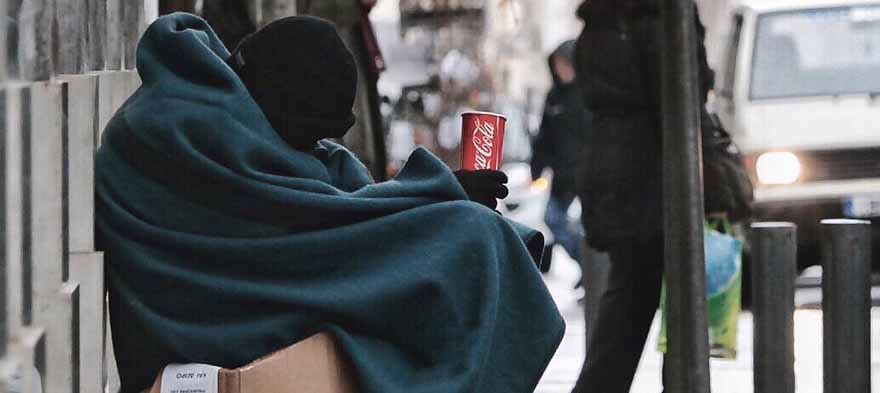
Dec 20, 2017 12:00:00 AM
by Jenee Duncan
Jenee Duncan is a Certified Family Life Educator (CFLE) and is also a Ph.D. candidate in the Department of Human Development and Family Science at the University of Georgia. Her research focuses on couples and coparenting relationships. Specifically, her work examines vulnerabilities that couples and parents face that impact the well-being of their relationships, and the mechanisms that may help promote resiliency amongst these families. As an extension of this work, Ms. Duncan conducts training for various Relationship and Marriage Education curricula.
The story you tell yourself about your own math ability tends to become true. This isn’t some Oprah aphorism about attracting what you want from the universe. Well, I guess it kind of is, but...
If you have a child with disabilities, you’re not alone: According to the latest data, over 7 million American schoolchildren — 14% of all students ages 3-21 — are classified as eligible for special...
The fight for educational equity has never been just about schools. The real North Star for this work is providing opportunities for each child to thrive into adulthood. This means that our advocacy...
Your donations support the voices who challenge decision makers to provide the learning opportunities all children need to thrive.
Ed Post is the flagship website platform of brightbeam, a 501(c3) network of education activists and influencers demanding a better education and a brighter future for every child.
© 2020–2024 brightbeam. All rights reserved.
Leave a Comment